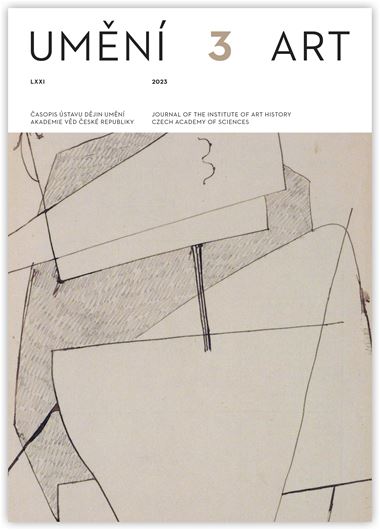Petr Wittlich
Gutfreund’s Rhizome
The remarkable Cubist work of the Czech sculptor Otto Gutfreund (1889–1927) has traditionally been evaluated from a modernist perspective. This is paradoxical approach, because, while acknowledging the artist’s important participation in the artistic avant-garde prior to the First World War, it also contains the hint of a reproach for the eclecticism involved in imitating Picasso. Gutfreund’s many drawings offer a different kind of evidence. They reveal the continuity of the basic themes on which his Cubism was realised as part of a group cultural politics that sought to dominate the process of social and artistic ennoblement of modern art. At the same time, Gutfreund’s position was unorthodox, as the drawings from the peak period of his avant-gardism in 1914 and 1916 prove, when, though also responding to recent trends (collage), he was already moving into the sphere of free visual poetry. To understand this situation, as art historians we have to change the existing model of a hierarchical relationship between centre and periphery. This essay therefore draws on Deleuze and Guattari’s rhizome, the definition of which is fascinatingly close to Gutfreund’s own definition of sculpture. The geometric conception of Cubism was a modern outcrop of the strategy of artists who, since the Italian renaissance, had been striving for equal status within the European intellectual hierarchy. When Gutfreund returned to the avant-garde in 1927, his sketch Seated Woman II alluded to this theme. A comparison with Dürer’s Melencolia I suggests how, in doing so, he advanced the semantic unification of figure and attribute, breaking the geometric paradigm of the Cubist flat surface with the concavity of sculpture. However, this also meant the fateful intervention of the Saturnine melancholy of his artistic personality.
Author's email:
petr.wittlich@seznam.cz
DOI: HTTPS://DOI.ORG/10.54759/ART-2023-0303
Full-text in the Digital Library of the Czech Academy of Sciences:
https://kramerius.lib.cas.cz/uuid/uuid:3beb07df-1ddb-4202-a521-440bd186023b
< back

